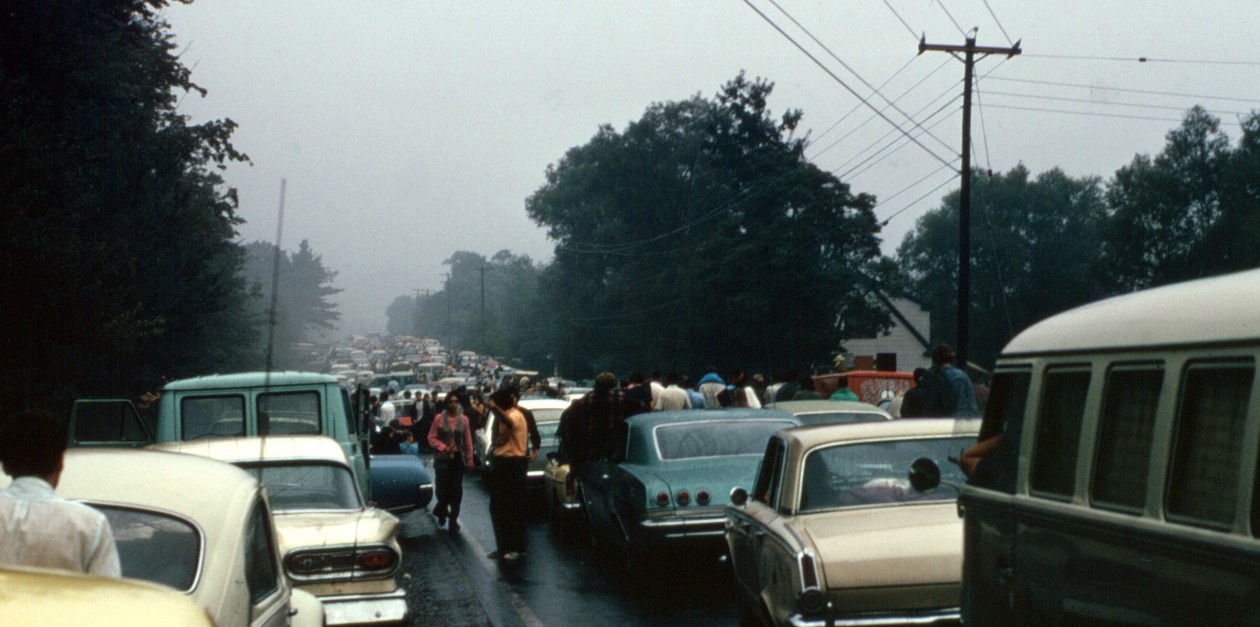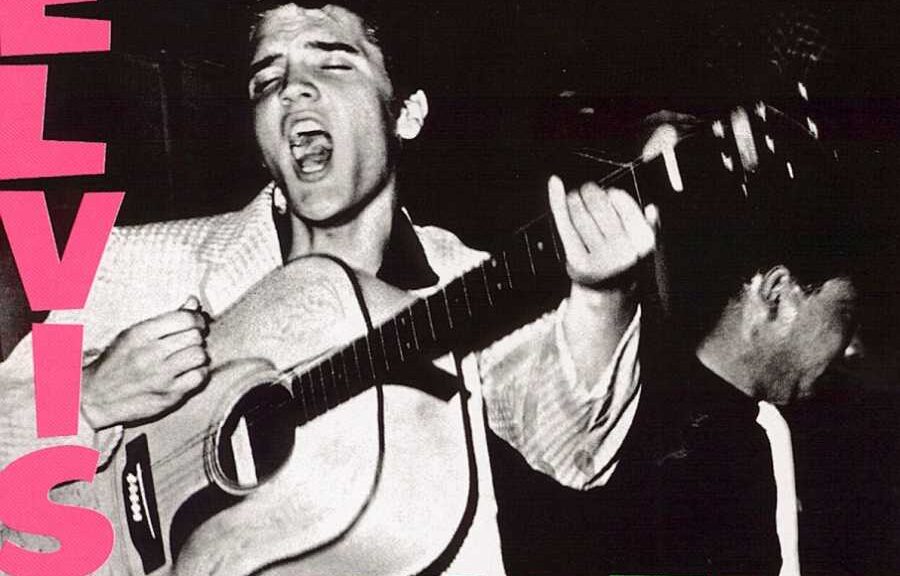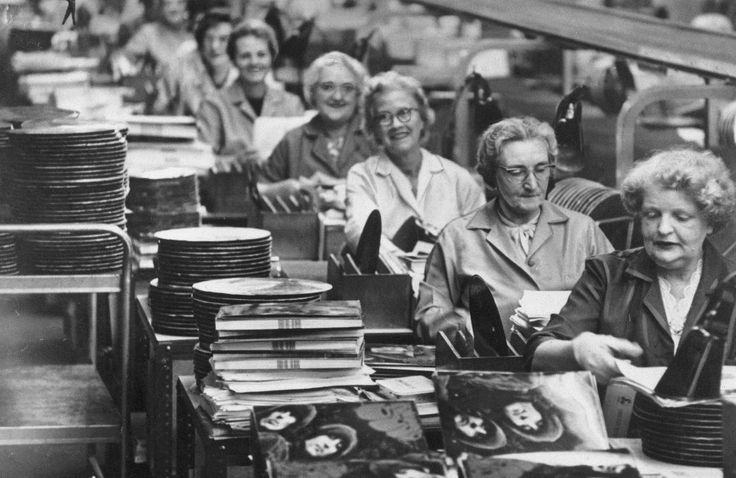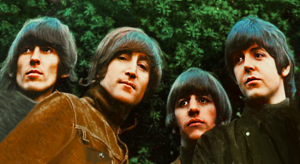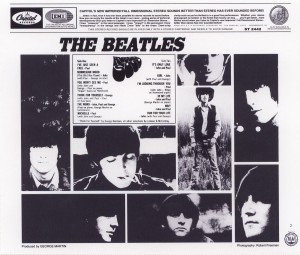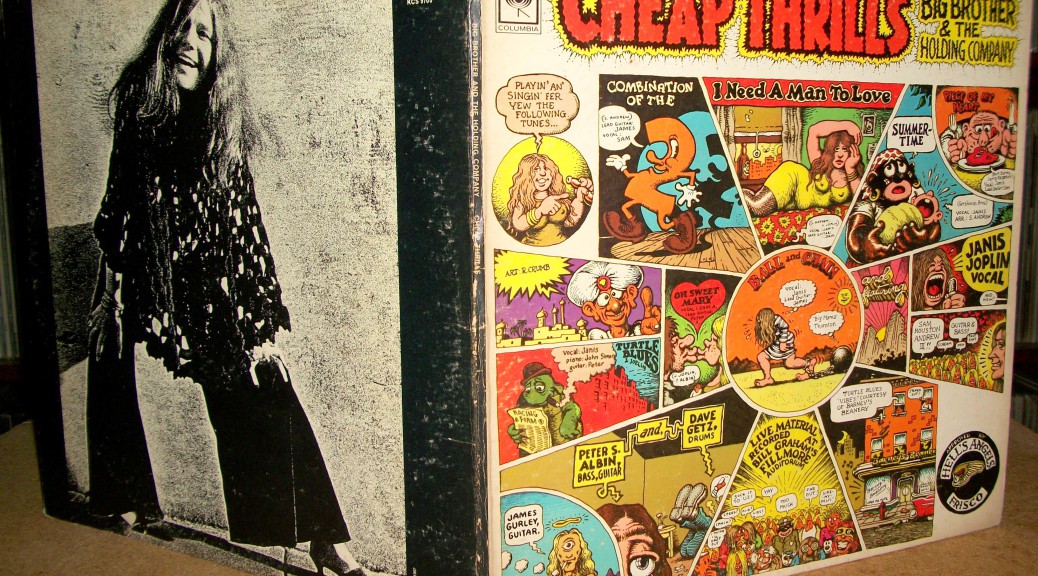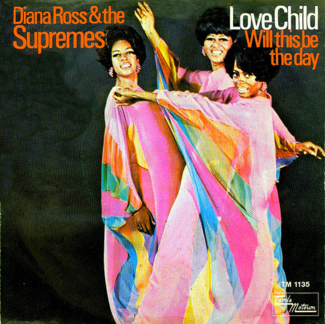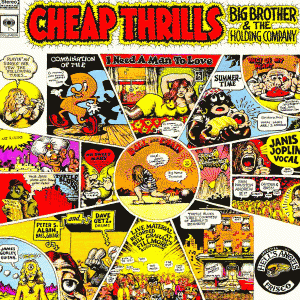Elvis Presley Album Elvis
Hits #1 on May 5, 1956
Happy Anniversary
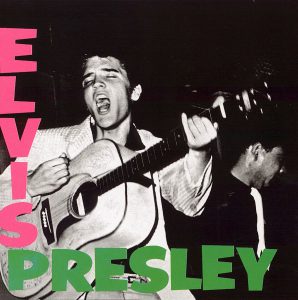
Elvis Presley album Elvis
Elvis on the cusp
In early 1956, Elvis’s popularity was, like the Beatles seven years later, about to run wild. No one had coined a term like Elvis-mania, but it could have been that.
Elvis’s 1955 singles (“Baby Let’s Play House” and “I Forgot to Remember to Forget”) with Sam Phillips Sun Records had done well on the country charts.
Elvis Presley album Elvis
RCA
Colonel Tom Parker, Presley’s new manager, had grand plans and the chutzpah to carry them out. His first move was to have RCA records buy Elvis’s contract from Phillips. It cost RCA $35,000 and with the omniscience of retrospect, we might say that that was quite a good deal for RCA. At the time it was an expensive risk.
Rock and Roll, derived some many sources, was just beginning to make mainstream headway despite mainstream suspicions. Editorials suggested that the music was immoral, that the music turned teenagers into juvenile delinquents, and that the music was simply devil music. These phobic fears did more to entice than dissuade young people.
On September 9, 1956, Elvis appeared on the Ed Sullivan Show. The appearance marked, as the Beatles in 1964, a huge step in Elvis’s success. It was on that show that the cameras kept the image above Elvis’s swaying waist.
Elvis Presley album Elvis
Elvis Presley
RCA had released his first album, Elvis, on March 23, 1956. The album had 12 songs, some that Elvis had done with Sun Records before moving to RCA as well as with RCA after the move. Elvis composed none of the songs. In fact, a different person or group wrote each song.
The album hit #1 on May 5, 1956, the first rock and roll album ever to make it to the top of the charts.
Side one:
|
Side 2:
|
The entire album clocked in at 28:03 seconds (the Beatles “Meet the Beatles” album totaled 26:43). Unlike what the Beatles would begin to do with pop albums with their 1965 Rubber Soul, much more a unified album, Elvis Presley became a collection of singles. That’s where financial success was.
And the album was a success.
Elvis Presley album Elvis
Legacy
The album spent ten weeks at number 1 on the Billboard Top Pop Albums chart in 1956, the first rock and roll album ever to make it to the top of the charts and the first million-selling album of that genre.
In 2021 Rolling Stone magazine ranked it at 332 on its list of the 500 greatest albums of all time.
